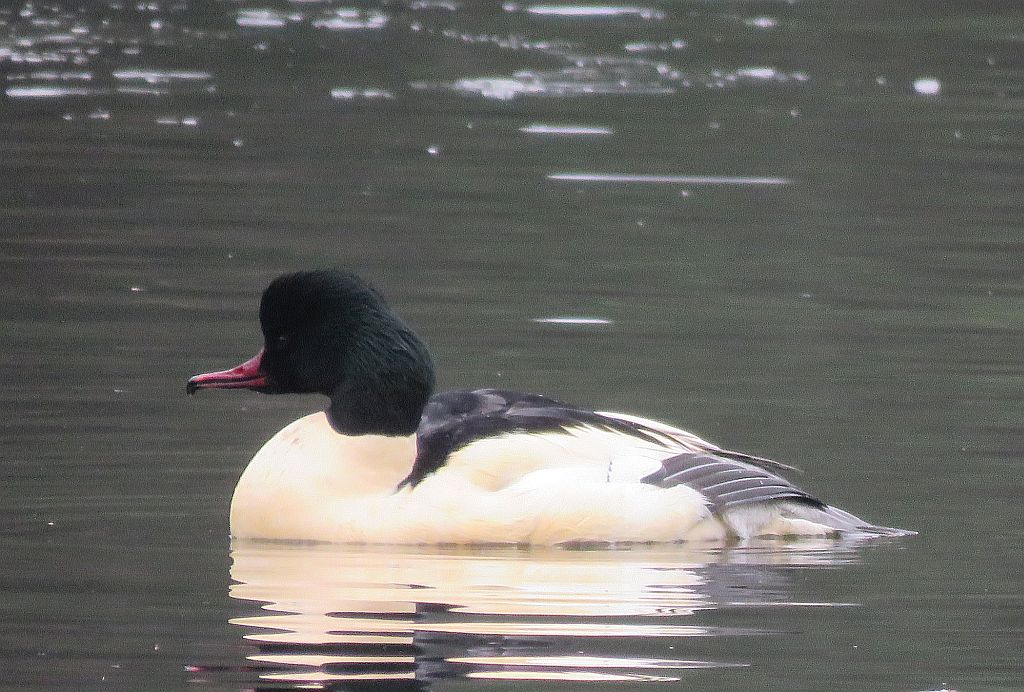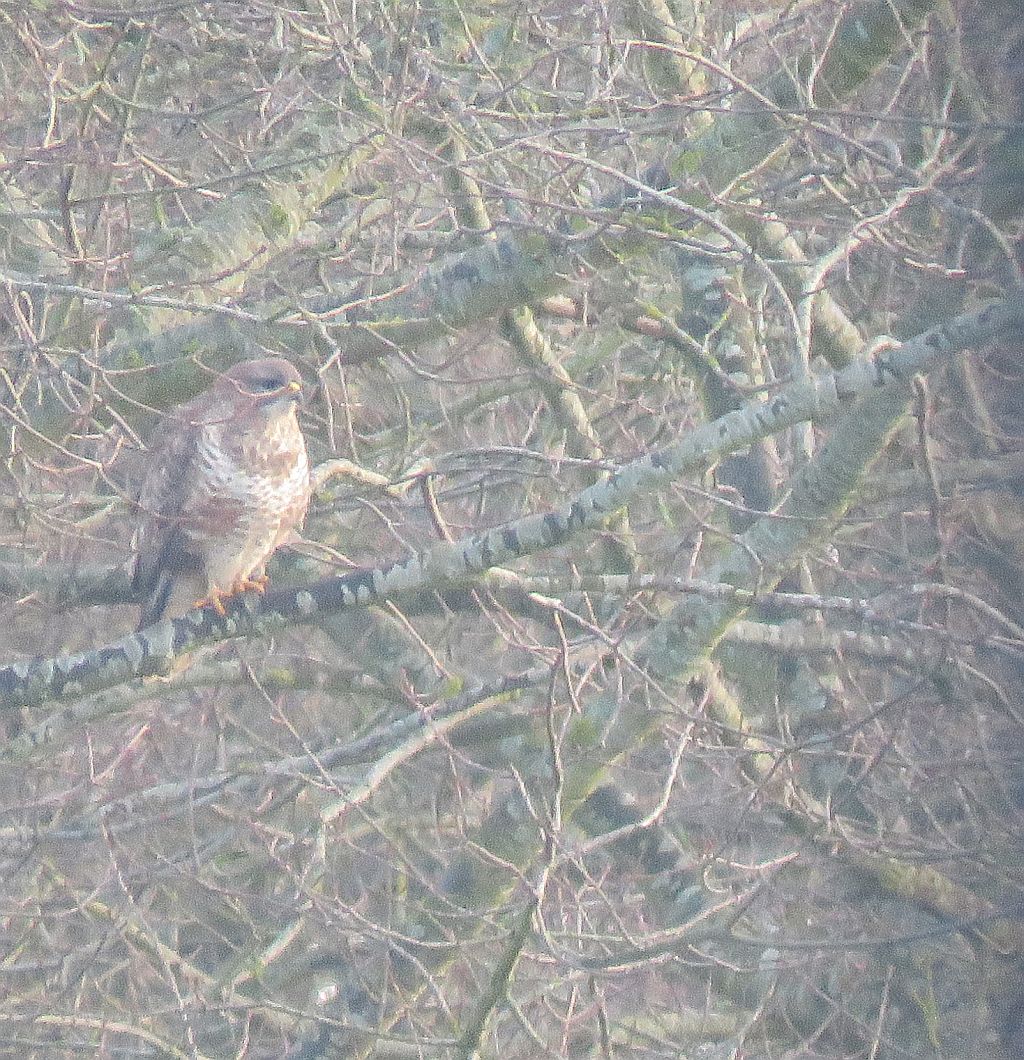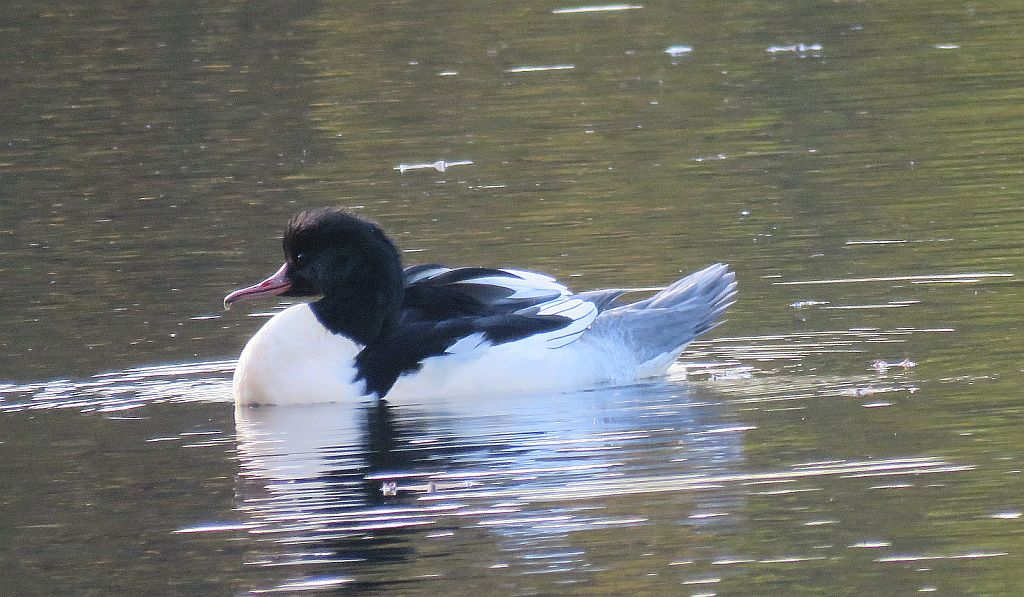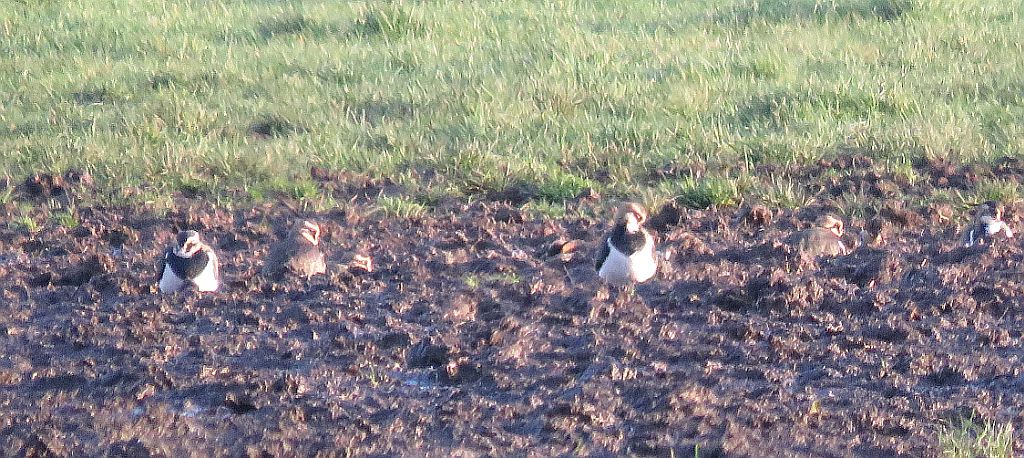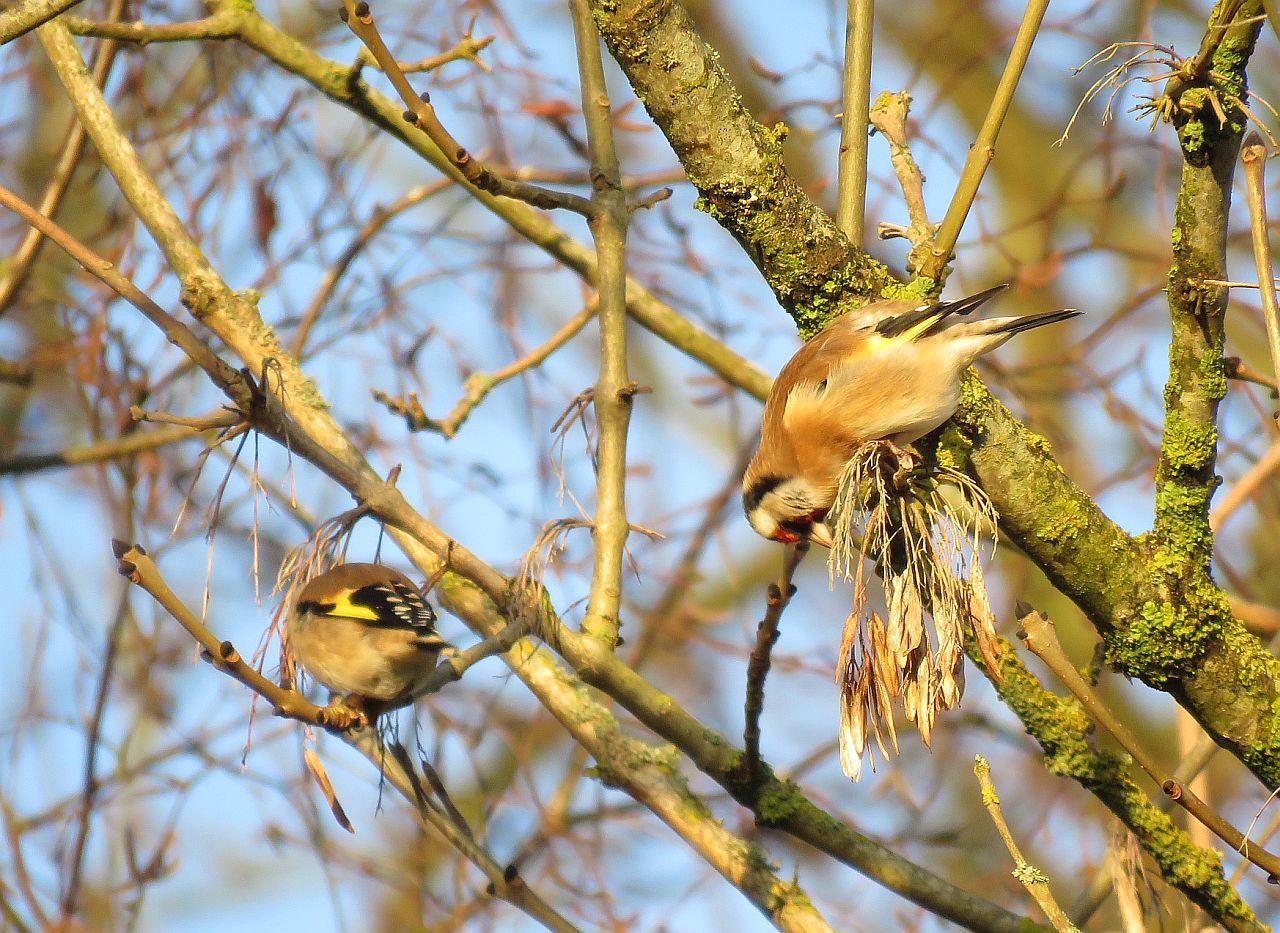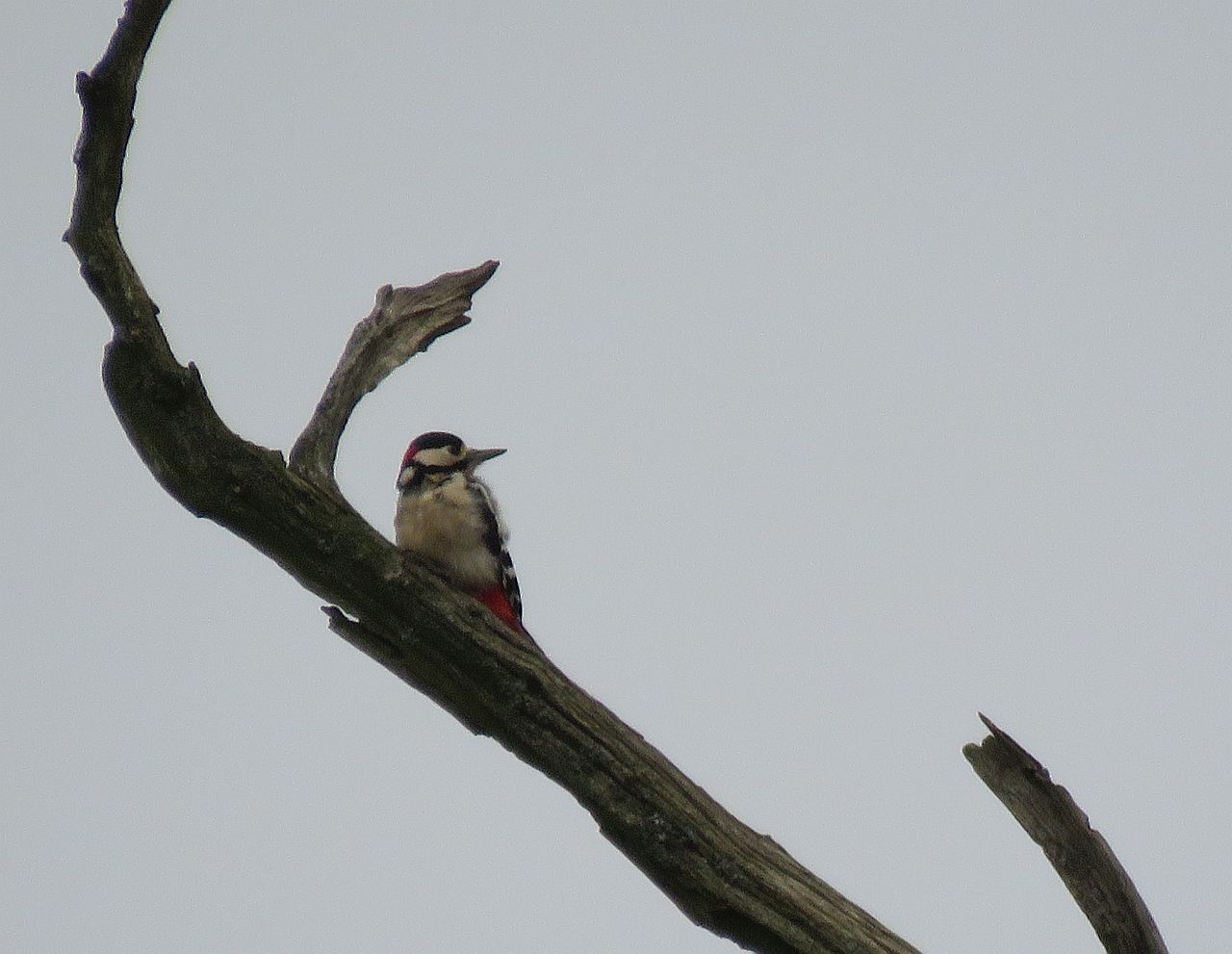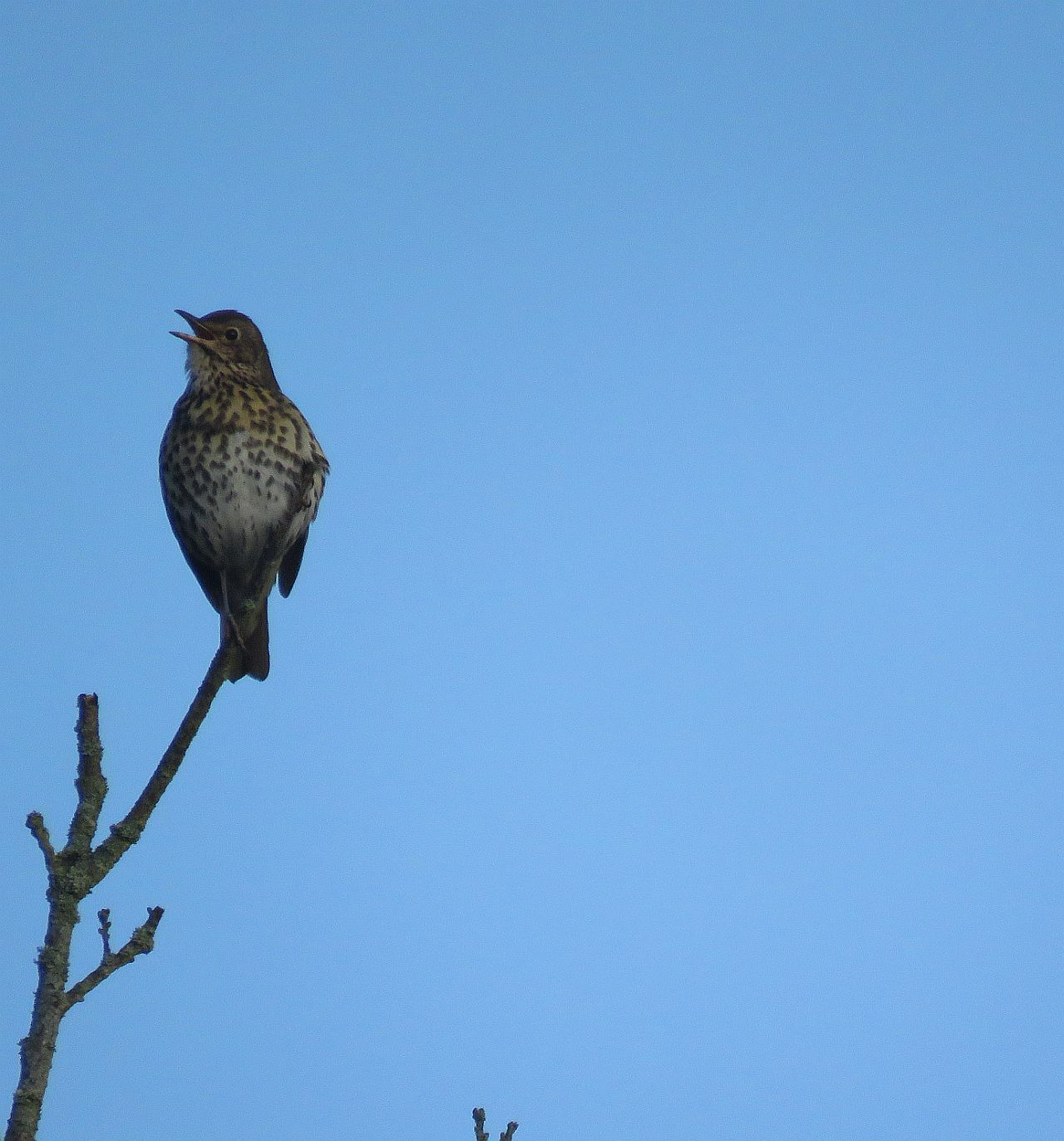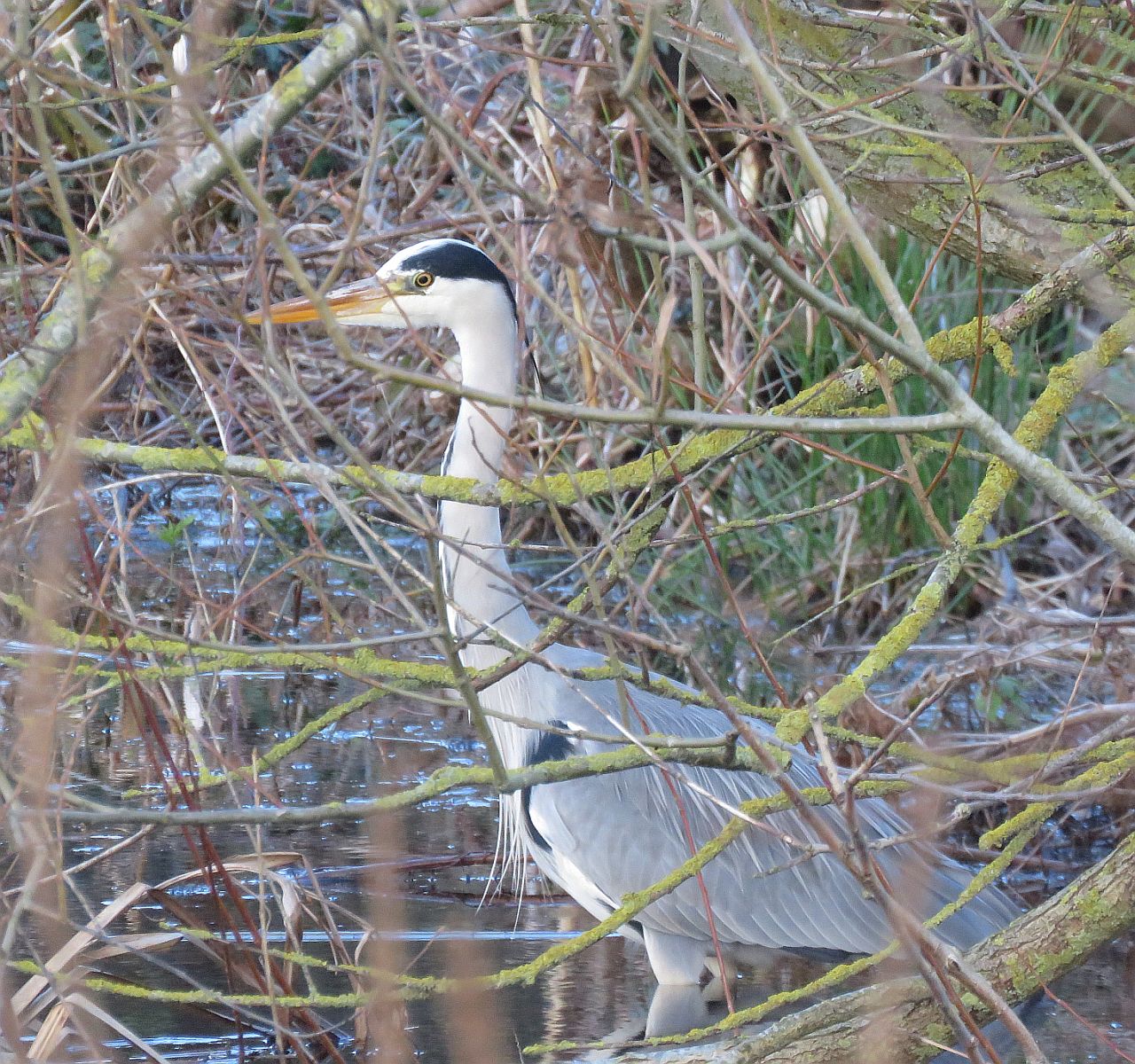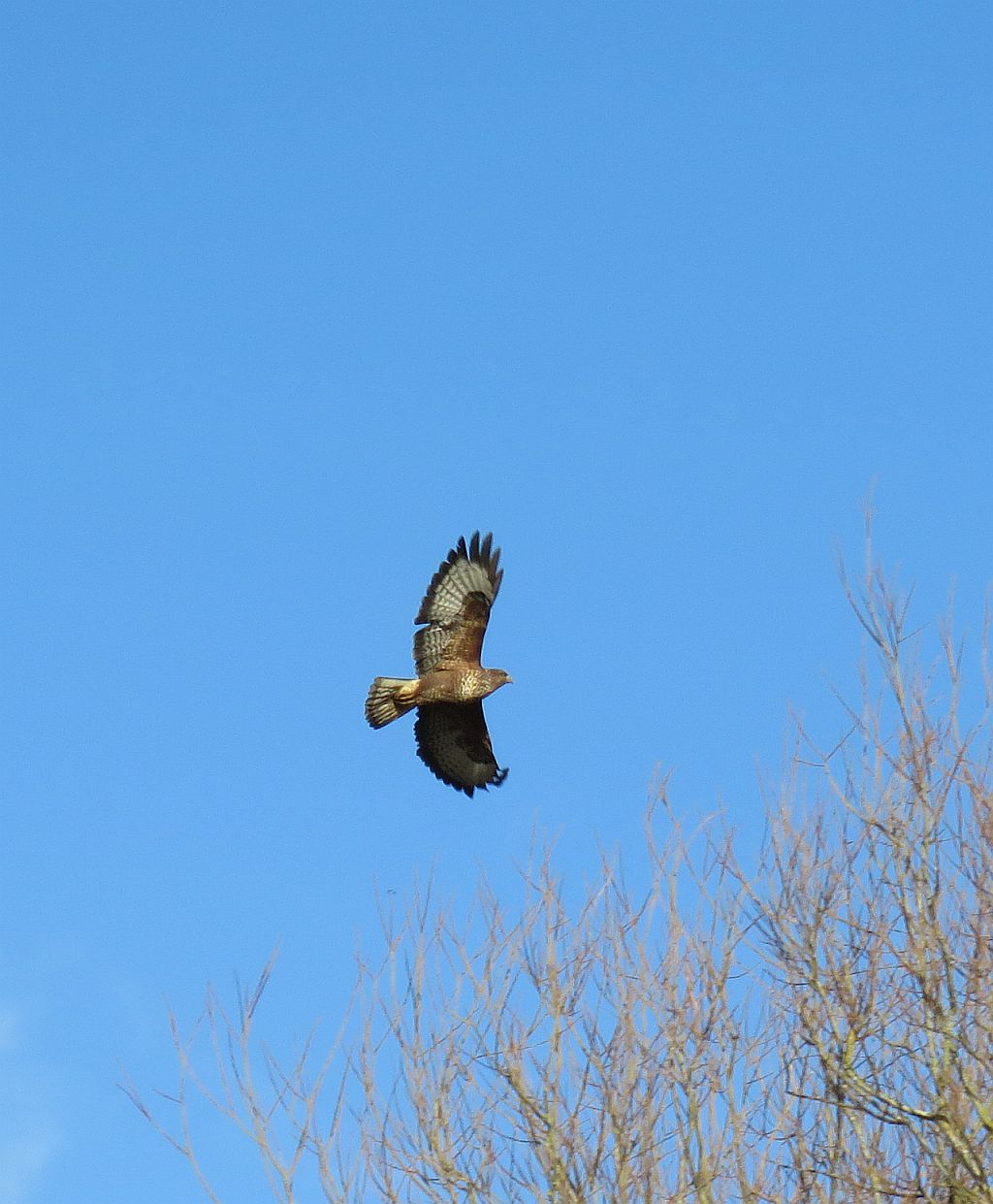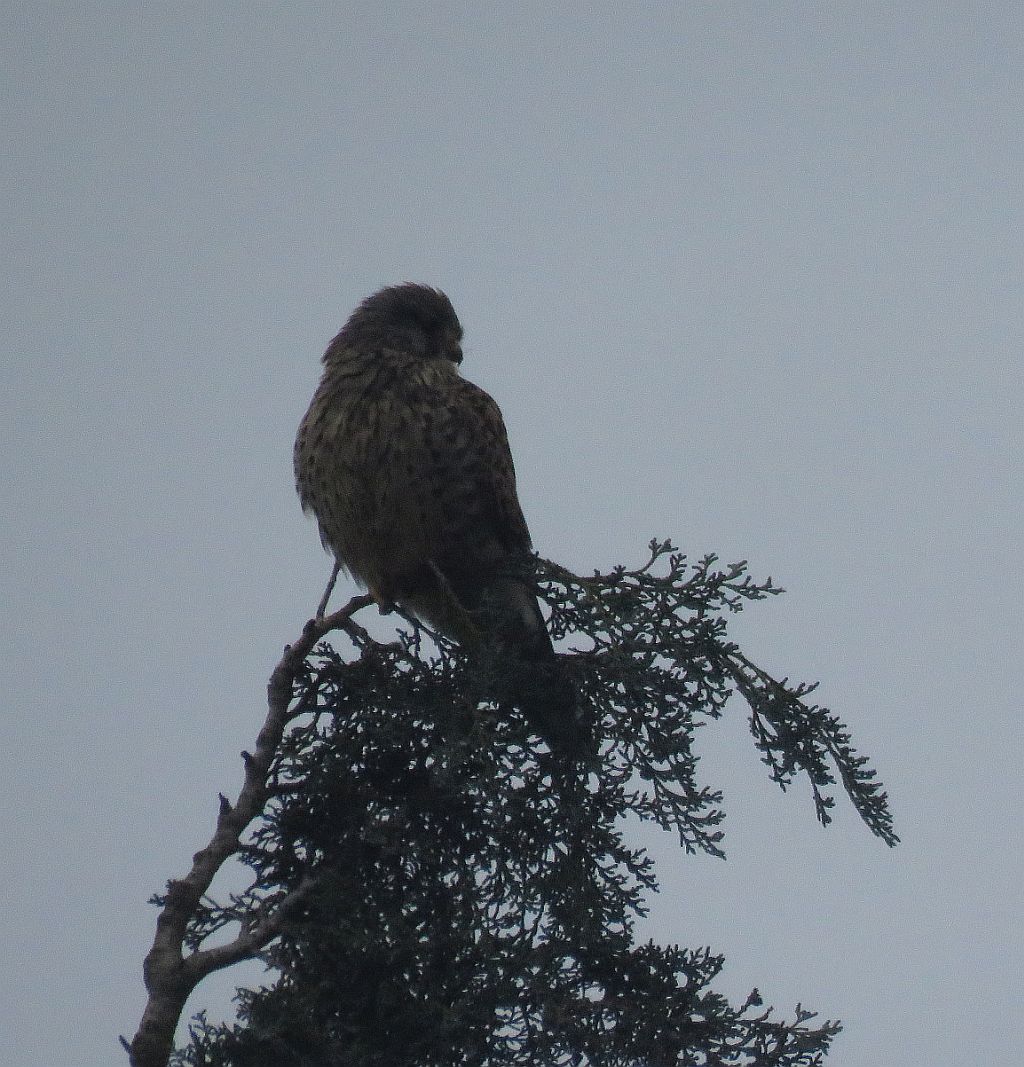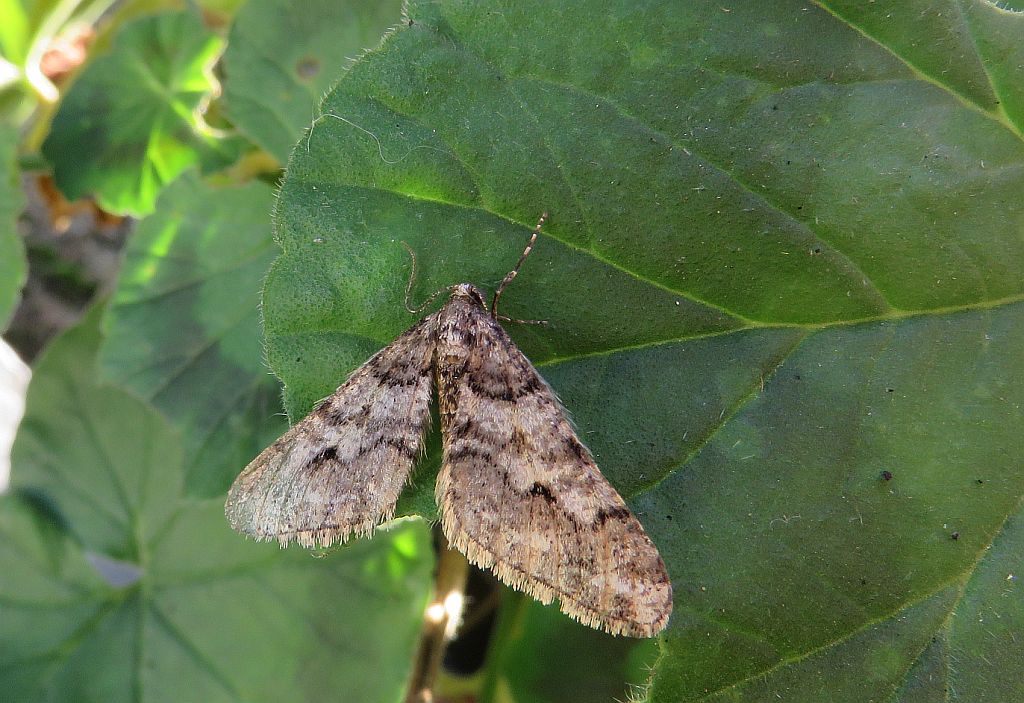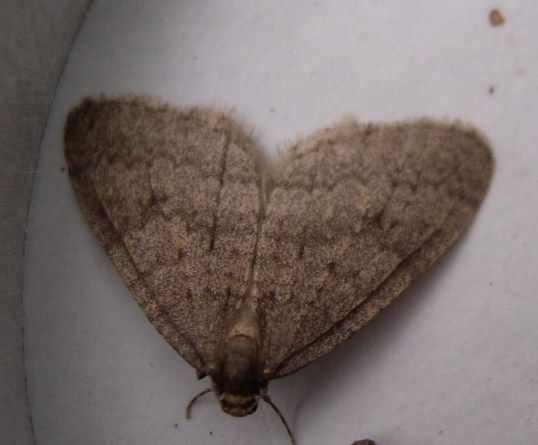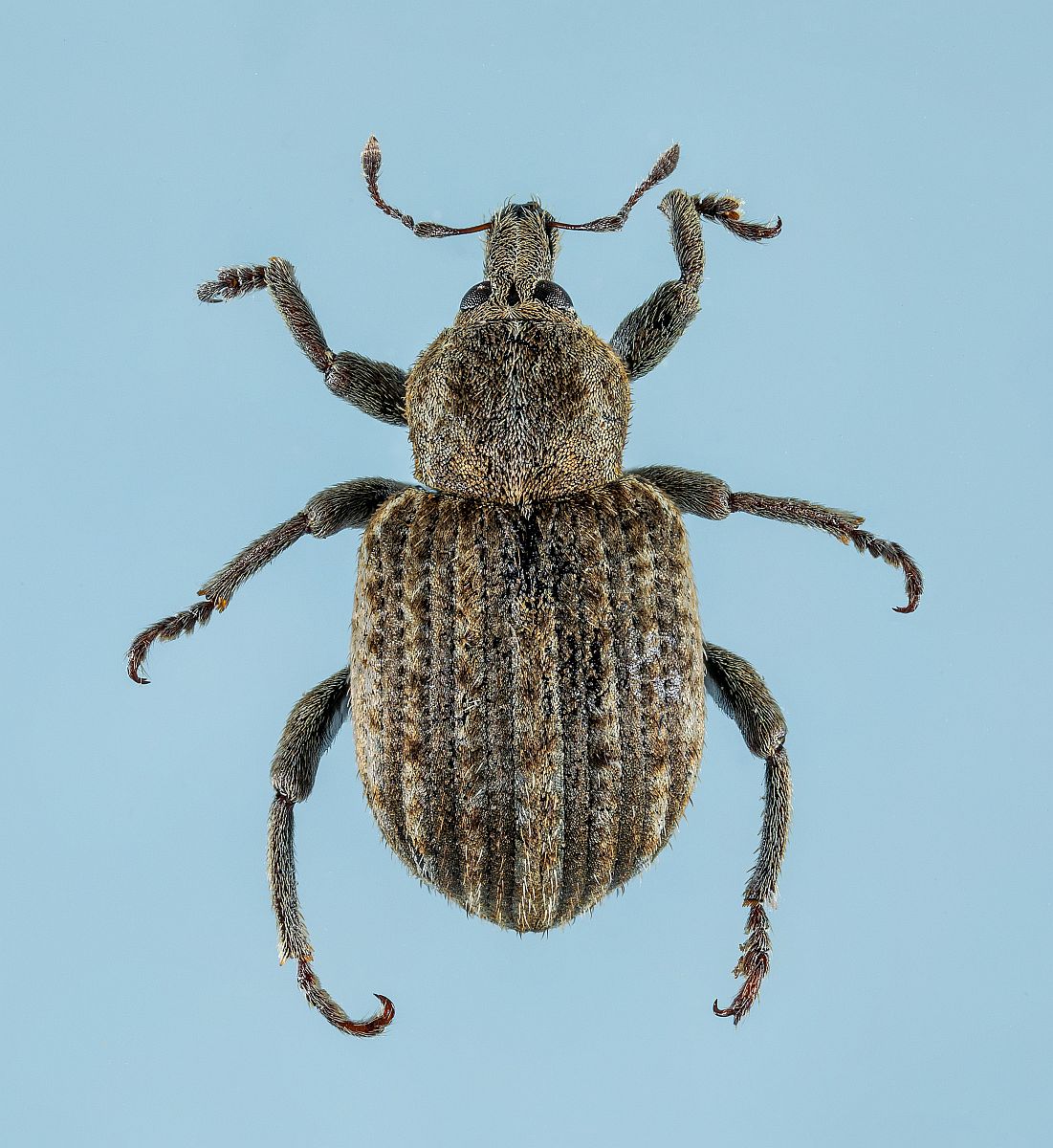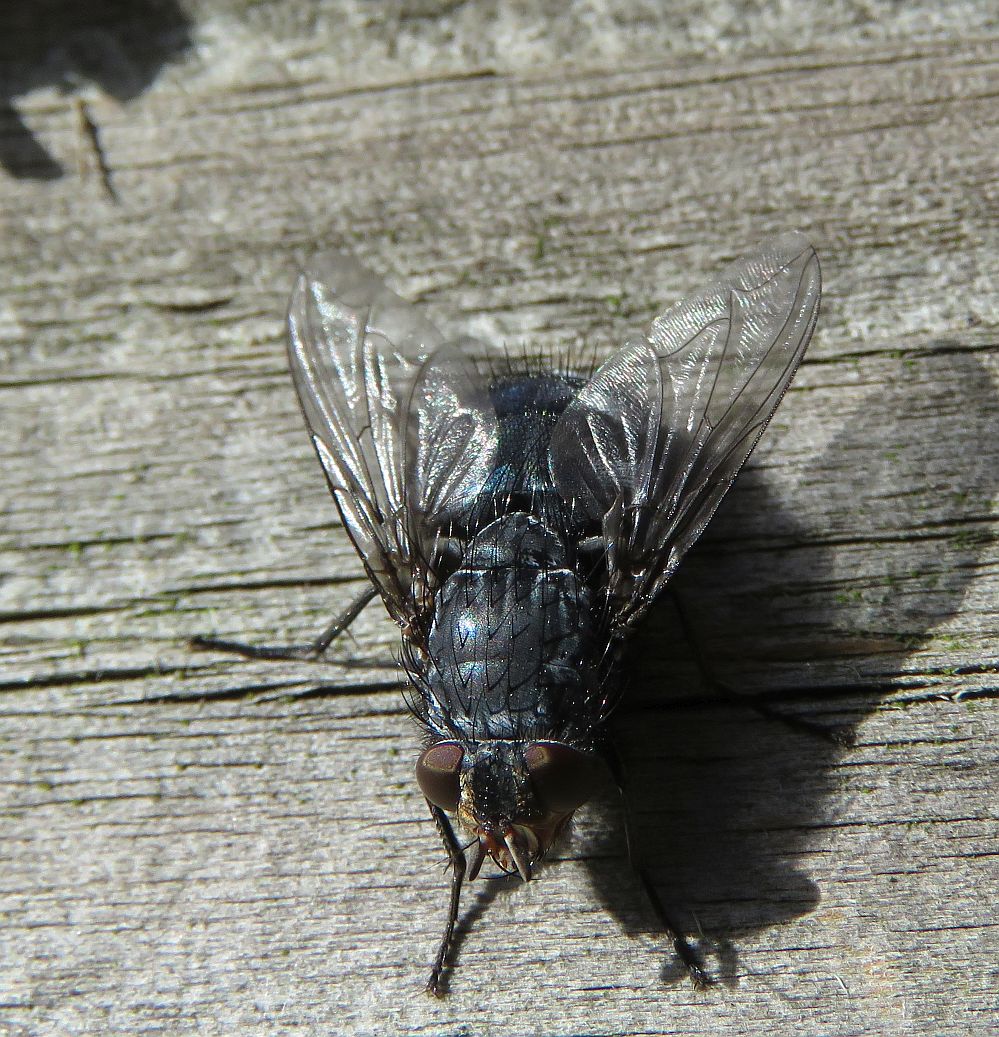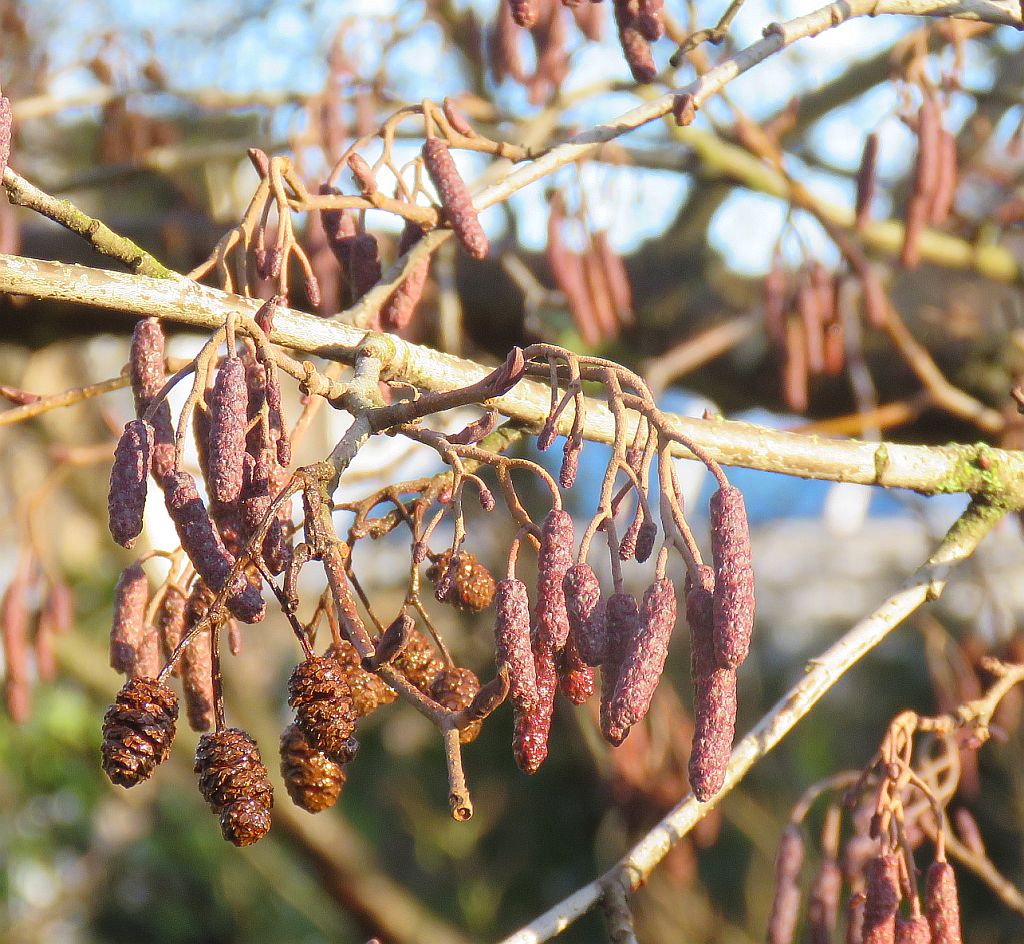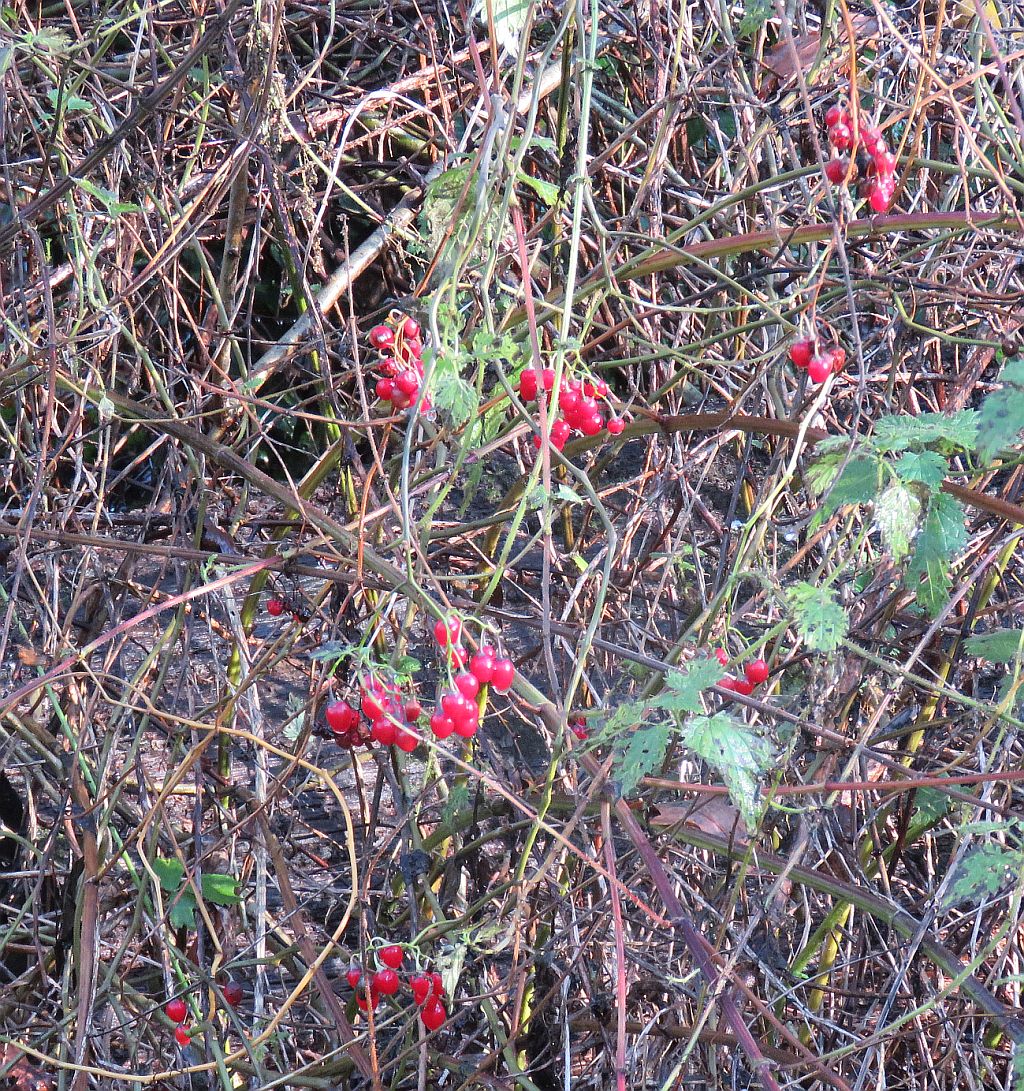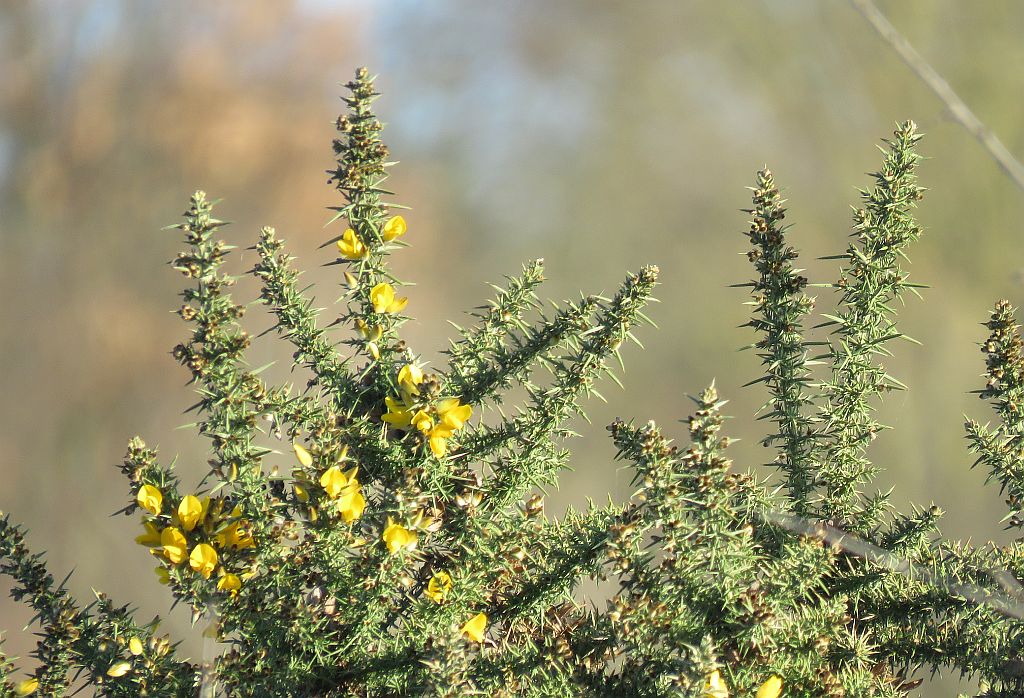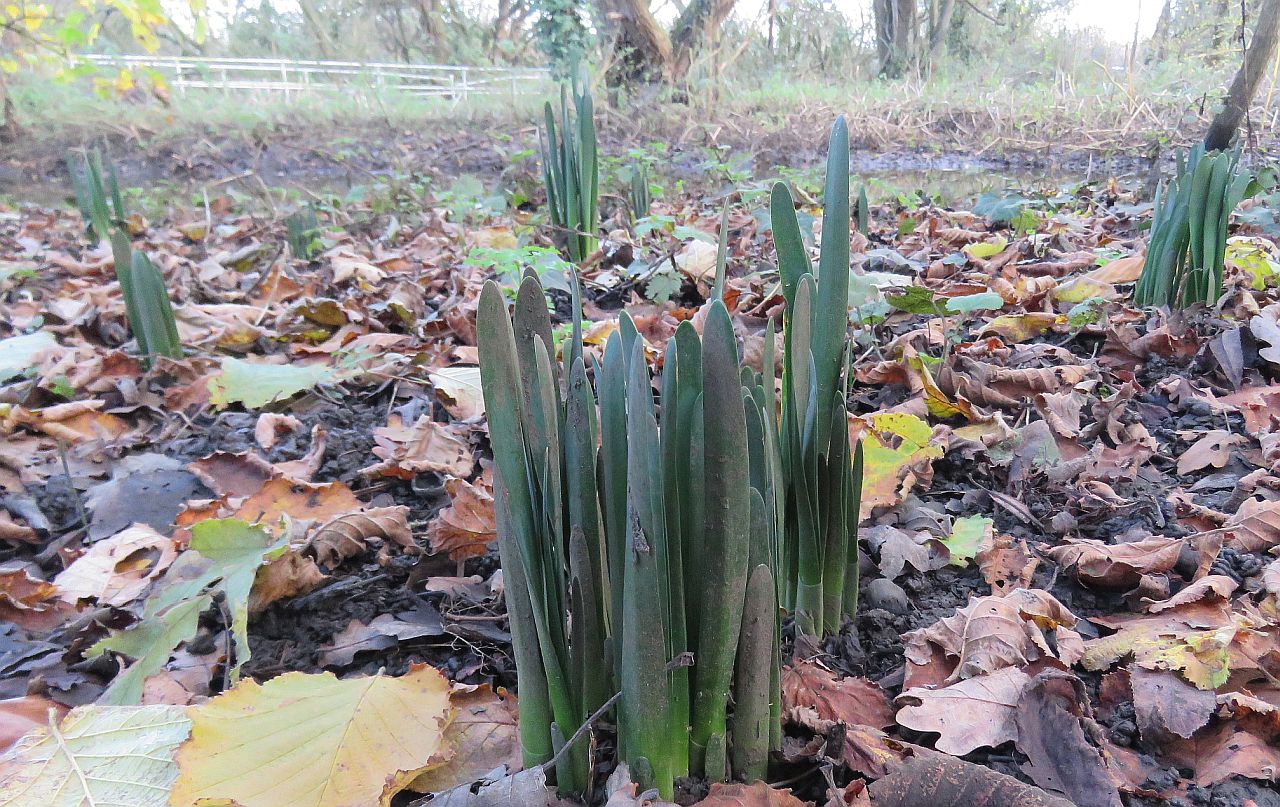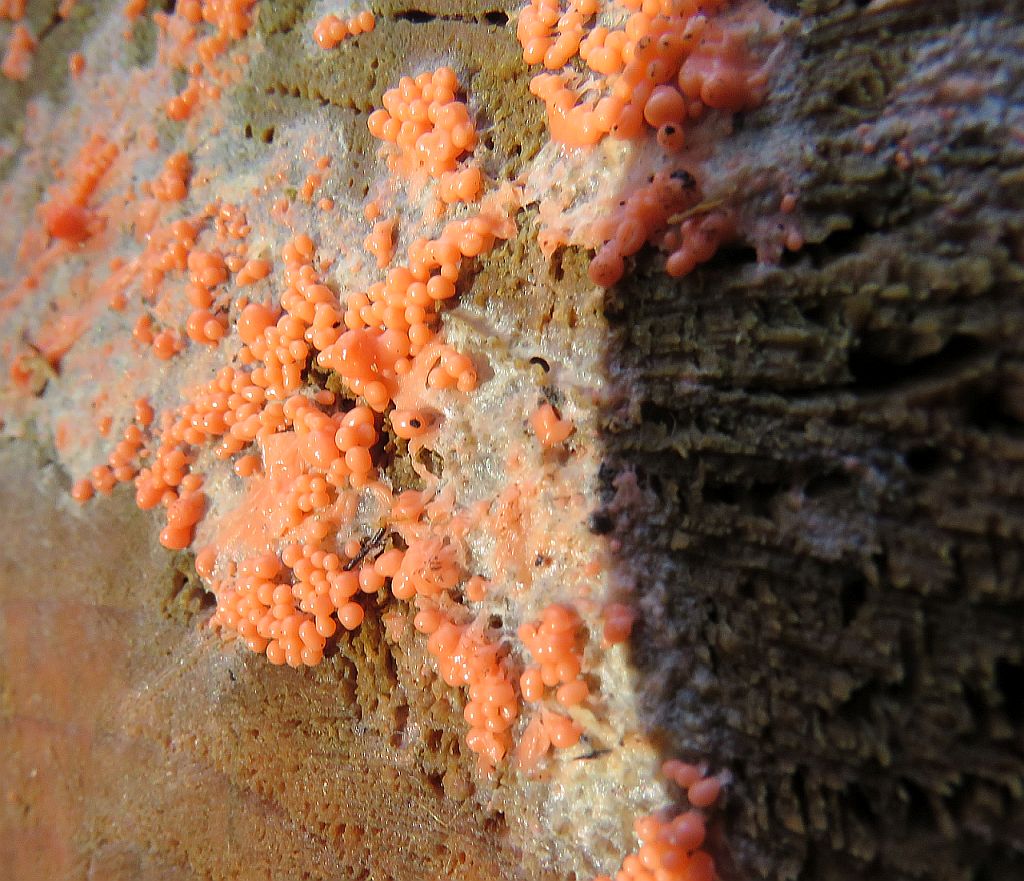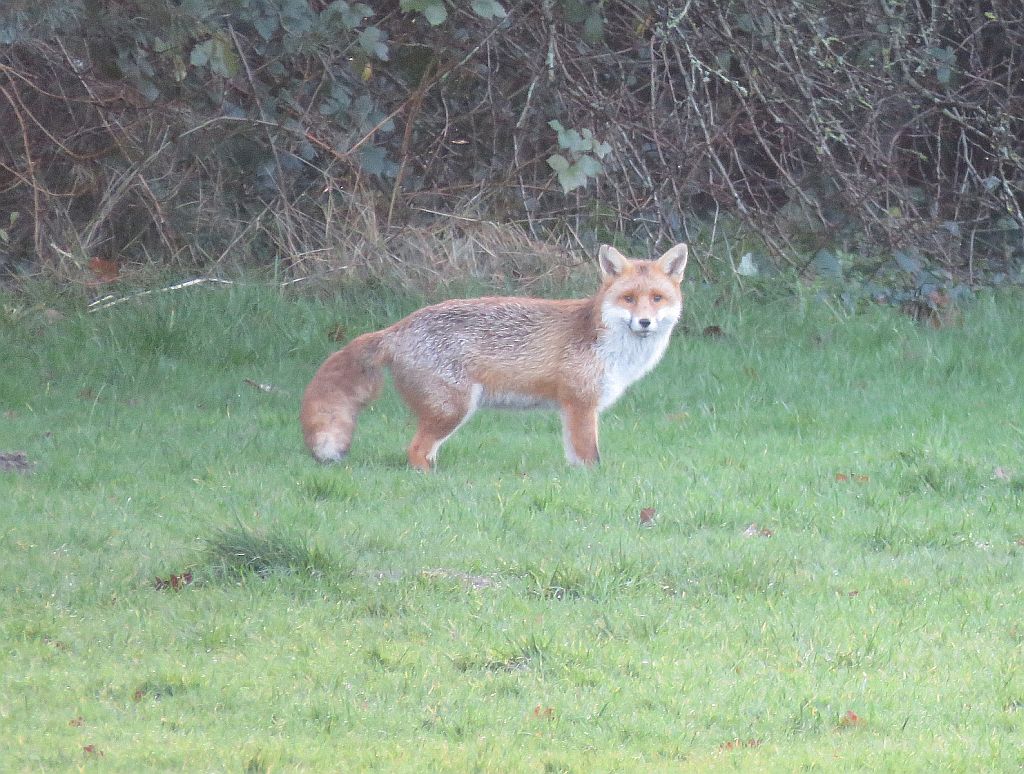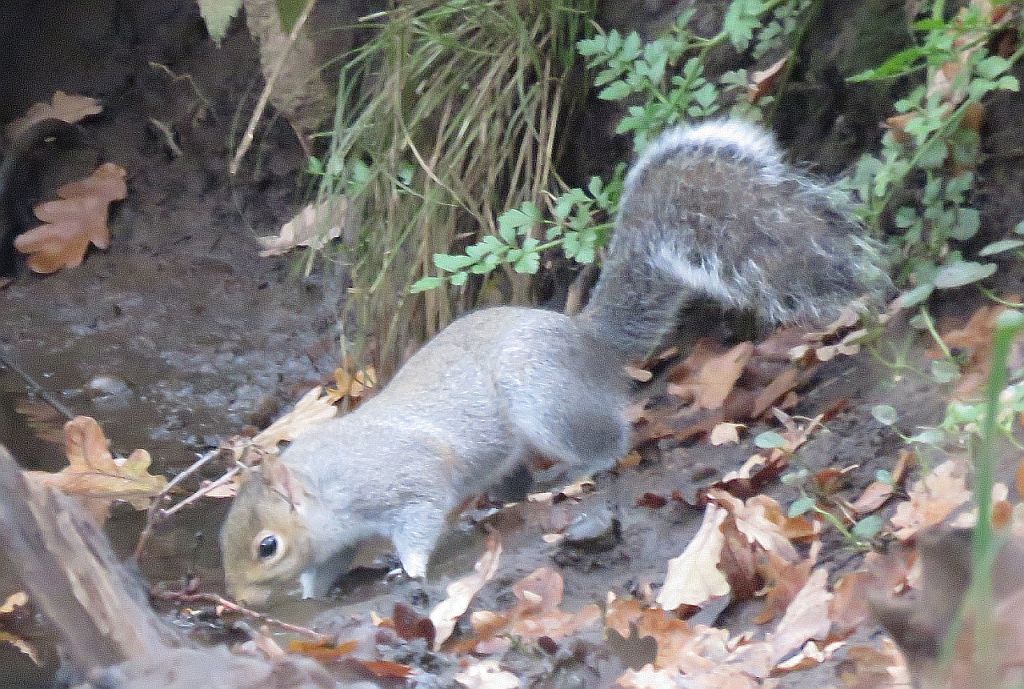
Click on the link to send in your sightings info@foteb.org.uk to help us monitor Emm Brook wildlife.This type of ‘citizen science’ allows us to get a clearer picture of what is happening along the Emm.
For previous months sightings see Archive
The "Area Seen" refers to the 11 sections that the Brook has been split into for monitoring purposes (see Wildlife page under Monitoring ).
For what you can expect to see on the Emm this month, click here December
All sightings unless stated are from personal observations by Eddie Napper.
Click on any picture to see a larger image
|
Birds
31/12/20
30/12/20
29/12/20 A Kestrel was seen sitting on a roadside tree in between flights hunting for its lunch in Area 7A. In Area 1 a Kingfisher was seen briefly on the small pond adjacent to Heathlake. 28/12/20
27/12/20
26/12/20
25/12/20 On a lovely bright sunny morning with a cloudless blue sky in Area 7A a Great spotted Woodpecker was sat like a fairy on top of tallest dead branch of its favourite tree.Also seen were a Black headed Gull and 8 Carrion Crow . 24/12/20
23/12/20
Patrick Crowley was in Area 1 at Heath Lake and saw a male and female Shoveler , 15 Tufted Duck and 2 male and 3 female Pochard on the water.
21/12/20
20/12/20
19/12/20 In between the bouts of sunshine and heavy rain a Song Thrush was heard singing stridently from the trees in Area 2 as I came out of Tesco with Christmas provisions. Staring and Jackdaw were on the power lines nearby. 16/12/20 In Area 1 on a wet and cold lunchtime visit to the flooded fields at Ludgrove School 7 Grey Heron were sat around the edges of the flood, whilst 15 Mallard were on the flood. A Kestrel flew over and landed on power cables surveying the world. 12/12/20
10/12/20 Lunchtime was spent in Area 4 around Kingfisher Bridge a Nuthatch was calling from the trees, a Dunnock was moving through the bushes occasionaly singing and a dozen Fieldfare were in the Riverside trees, identifiable by their constant gentle chatter. 08/12/20 Heard calling as it flew through the fog and then just about seen was an Egyptian Goose flying over Area 4 found by Paul Bright Thomas. 10/12/20 Lunchtime was spent in Area 4 around Kingfisher Bridge Song Thrush was sin 06/12/20
05/12/20
02/12/20
01/12/20
|
Insects
25/12/20 Despite a predicted cold night with the temperature hovering around zero, the moth trap was put out in Area 7A and was emptied this morning.The forecast was correct but at least no rain.The trap unfortunately produced the first zero return of the year . 20/12/20
10/12/20
07/12/20
02/12/20 We don’t expect to see many insects on the wing in winter, but just a little sunshine draws out swarms of tiny dancers. These are male Winter Gnats Trichocera annulata delicate leggy flies which are dancing to impress the females. Though they are active year-round, Winter gnats are most noticeable in the colder months when the males perform their courtship dances. Swarms gather in areas that are kept warmer by the sun. Sometimes following people purely for the heat they give off (though they resemble mosquitoes they do not bite). In low winter sunshine, the reflective wings of the dancing swarms can make them appear like apparitions. In fact the gatherings are sometimes called ‘ghosts’ This act of gathering together to attract mates is known as ‘lekking’ and is thought to make them easier for females to find. Each male flies up and down to his own rhythm, but they cleverly space and pace themselves out to avoid colliding with others in the swarm. If threatened, they are quick to scatter and re-join nearby. These swarms inevitably attract predators too. Small birds snap up the flies for a much-needed protein snack. Once mated, the female lays her eggs amongst decaying vegetation, which the larvae feed on. When the adults emerge they are often attracted to electric lights and can be found on windows after entering houses. They do no harm indoors. Instead, this is a chance to appreciate their delicate beauty. 01/12/20
|
Plants/ Trees As the leaves on the trees and hedgerows start to change colour to a yellowey gold, find out why at Why do leaves change colour . 27/12/20
23/12/20
19/12/20
05/12/20
Fungi 20/12/20
Amphibians and Reptiles
Mammals 27/12/20
10/12/20
Fish/ Crustaceans
Molluscs
|
